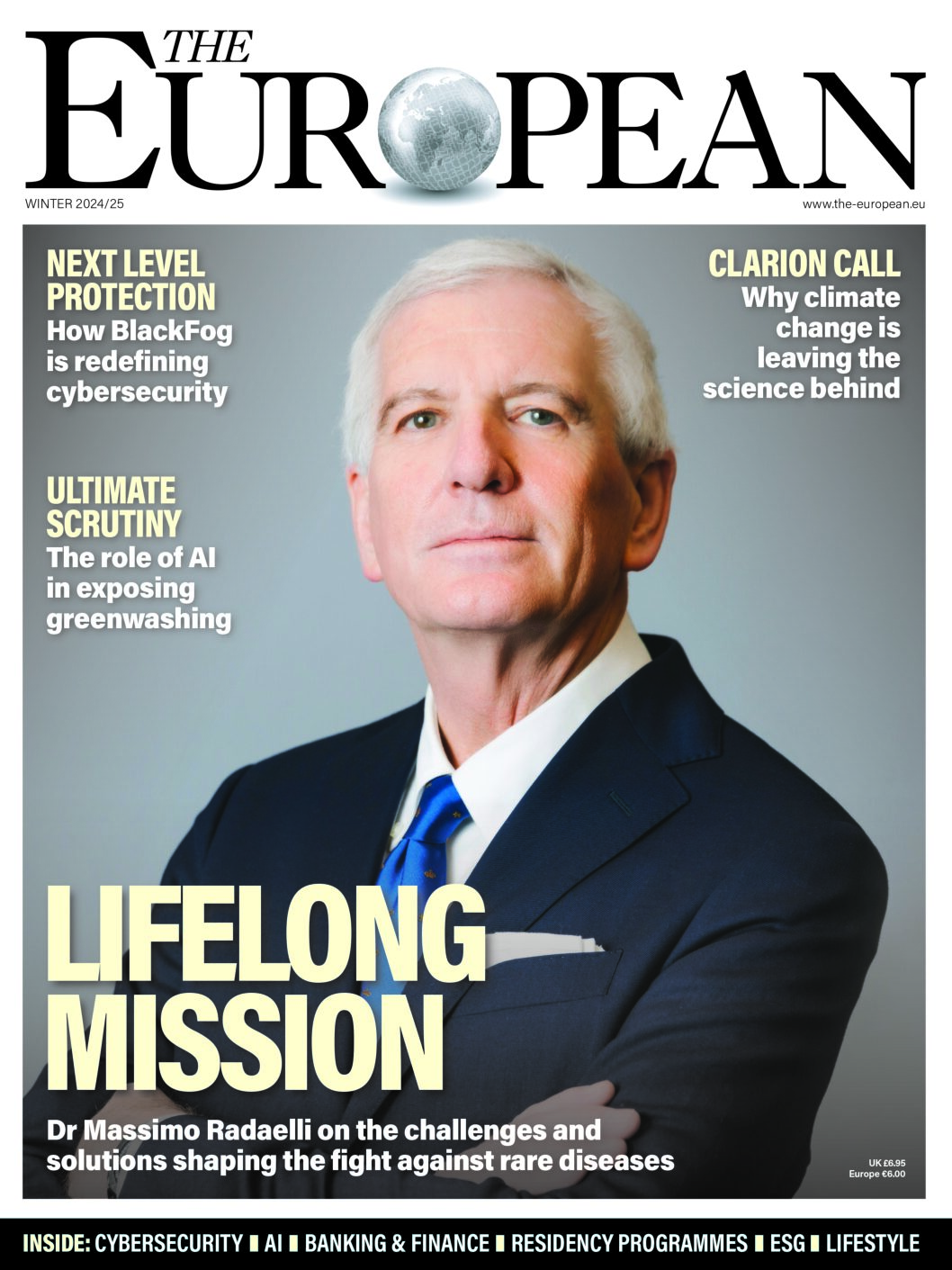At 94, the billionaire tycoon’s leadership style still serves as the perfect blueprint for success, writes corporate coach Elaine Lo
Warren Buffet’s Berkshire Hathaway reached a major milestone last month as its market valuation reached $1 trillion (£760 billion). The investment conglomerate is among just six other US firms, including Apple and Microsoft, to have passed that lofty threshold.
Buffet himself turned 94 less than a week later.
For a man of Buffet’s age, one would reasonably assume his leadership style to be traditional and follow so-called ‘old school’ thinking: a strict hierarchical approach with top-down decision-making. It’s a style characterised by placing a strong emphasis on outcomes over processes with one-way dialogue and limited opportunity for autonomy.
But from what we know, the billionaire tycoon’s style is exactly the opposite. His progressive, laissez-faire attitude is in fact marked by a decentralised approach that encourages independent decision-making and empowers employees to adapt to market changes as they see fit. It is a style that perfectly encapsulates ‘new school’ thinking and which serves as a blueprint for aspiring business leaders to follow.
So how can leaders today be better at new school leadership? Here are five ways you can emulate Buffet’s leadership style in your own organisation:
1. Don’t just listen – actually hear what staff are telling you
Active listening is about fully focusing on what the other person is saying…and understanding it. When we listen carefully, we can pick up on things that aren’t directly said, which helps us address the real issue. If a team member isn’t aware of something important, we can bring it to their attention to help them grow.
By giving our full attention, acknowledging their views, and responding clearly, we build trust and promote open communication. Team members are more likely to come forward with new ideas when they know they’ll be heard.
2. Avoid ‘what’, ‘how’ and ‘why’ questions
Asking open-ended, thought-provoking questions can help individuals explore their own ideas, challenges, and solutions. Powerful questions, as I call them, are concise and often begin with the word “what” or “how”. The rule of thumb is to avoid “why” questions as they can come across accusative. By using powerful questions, we can encourage our team to think critically and come up with their own solutions. This promotes ownership and empowers our team to take initiative.
Powerful questions are open-ended and are not assumptive. If there is something we want our team members to know, just tell them. We don’t want to ask questions to fish for answers we have. Powerful questions evoke clarity in the other person. They empower the other person by providing ownership in their ideas and discovery.
3. Avoid the past
Great leaders understand that focusing on the past can limit growth and progress. Instead, they concentrate on the here and now, addressing current challenges and opportunities. The past serves as a learning tool, offering valuable insights, but dwelling on it can prevent teams from moving forward.
By focusing on the present, leaders help team members develop the skills they need today while encouraging them to work toward future goals. This approach builds a positive, forward-thinking environment, where mistakes are seen as learning opportunities, not permanent labels.
Leaders who prioritise the present guide their teams with actionable steps that align with both individual and organisational objectives. They promote accountability without holding past behaviours against their staff, thereby fostering an atmosphere of trust, adaptability, and continuous improvement. This allows team members to grow and contribute to long-term success, rather than being weighed down by past missteps.
4. Deliver constructive feedback non-judgmentally
Constructive feedback focuses on behaviours and outcomes and not on personal traits or faults. This approach ensures that team members feel supported rather than criticised, allowing them to reflect on their actions without becoming defensive.
By being clear, specific, and objective, leaders help staff understand what can be improved and how. Non-judgmental feedback encourages open communication, making it easier for team members to accept and act on suggestions. It also builds trust, as employees know their leaders are focused on helping them succeed, not tearing them down.
When feedback is delivered constructively, it promotes a growth mindset. Employees are more likely to take ownership of their development, feel empowered to make changes, and remain motivated to contribute. This supportive approach leads to stronger team dynamics and better overall performance.
5. Trust your employees’ capabilities
Great business leaders, like Buffet, view their employees as capable and resourceful, trusting that they have the skills and potential to solve problems and achieve goals independently. This mindset builds self-confidence and encourages employees to take ownership of their growth and performance. Instead of dictating solutions, great leaders focus on guiding team members to use their strengths to find their own answers.
By trusting team members to take responsibility for their roles, leaders promote a culture of autonomy and innovation. Focusing on strengths and providing support without micromanaging encourages problem-solving and independent thinking. This approach helps turn challenges into opportunities for growth.

Elaine Lo is a passionate advocate for personal and people development. Over the years, she has trained more than 4,000 employees from multinational corporations, small and medium-sized enterprises, educational institutions, and non-governmental organisations, helping them navigate their personal and professional journeys. Her professional credentials include being a Co-Active Coach, TKI practitioner, and FIRO-B Practitioner.
Main image: courtesy Pixabay/Pexels





























